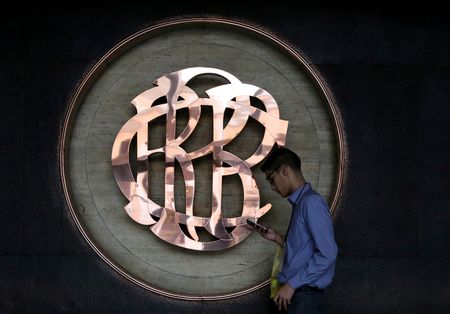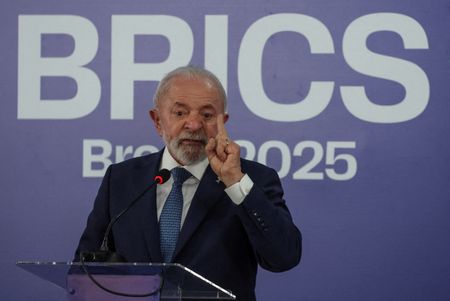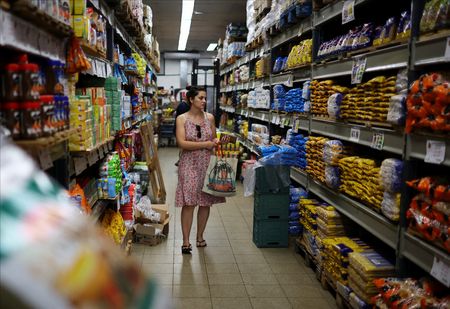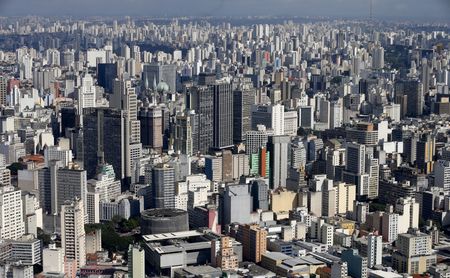By Sarah Morland and Marco Aquino
LIMA (Reuters) – Peru’s economy is projected to have expanded just under 3% in the second quarter of 2025, central bank chief economist Adrian Armas said on Friday, adding that this remained in line with the bank’s forecasts of 3.1% growth by the end of the year.
Peru’s gross domestic product (GDP) likely grew some 2.4% to 2.6% in May and more than 4% in June, Armas said in a call, though the July figure is estimated to have taken a 0.2% hit due to protests by informal miners blocking a key copper corridor.
The central bank expects GDP growth to ease to 2.9% in 2026.
Informal miners are protesting to extend the term of a formalization program, but the government’s recent decision to kick more than half those registered – over 50,000 miners – off the scheme led organizers to double down on the road blockades.
The measure is intended to crack down on illegal mining operations.
Sources told Reuters on Friday that the two-week protest could start to impact production at major mining firms.
Peru is the world’s third-largest copper producer and a major exporter of metals and agricultural commodities into the United States.
Asked on the impacts of U.S.
President Donald Trump’s announcement of a 50% tariff on copper imports set to take effect on August 1, Armas said if the U.S. did not have much capacity to substitute its copper imports, the cost of the tax could be passed on – leading to higher prices in the U.S.
Peru ships most of its copper to China, but Armas estimated that last year the Andean nation exported around $900 million in copper and derivatives to the U.S.
The red metal had been excluded from a prior so-called reciprocal tariff of 10%.
Chile and Mexico, other major copper exporters, have said they will look to ship their production to new markets.
“Clearly our products, like other products, become more expensive when they reach the U.S.
market,” Armas said, noting that companies with high exposure to the U.S. that are not able to push up their prices may well be negatively hit.
Avocado producers in particular, he said, face a disadvantage compared to counterparts in Mexico that are able to export the popular fruit tariff-free to the United States thanks to a free trade pact.
Peru is among the world’s top avocado exporters.
(Reporting by Sarah Morland in Mexico City and Marco Aquino in Lima; Editing by Natalia Siniawski and Diane Craft)










